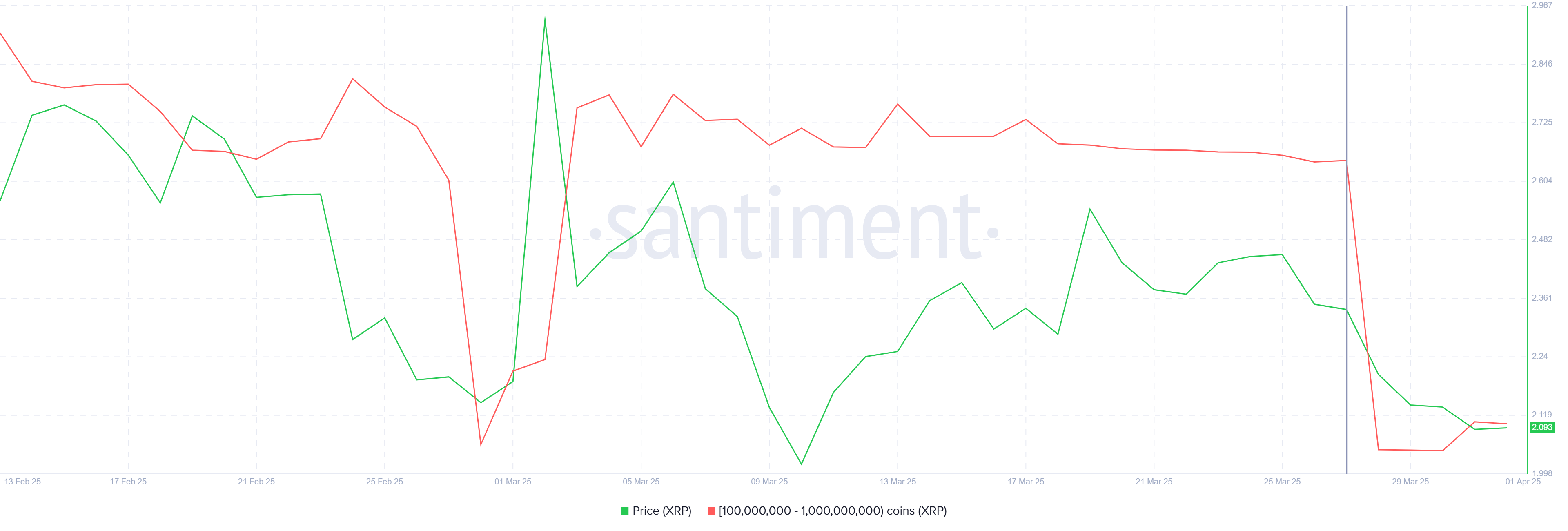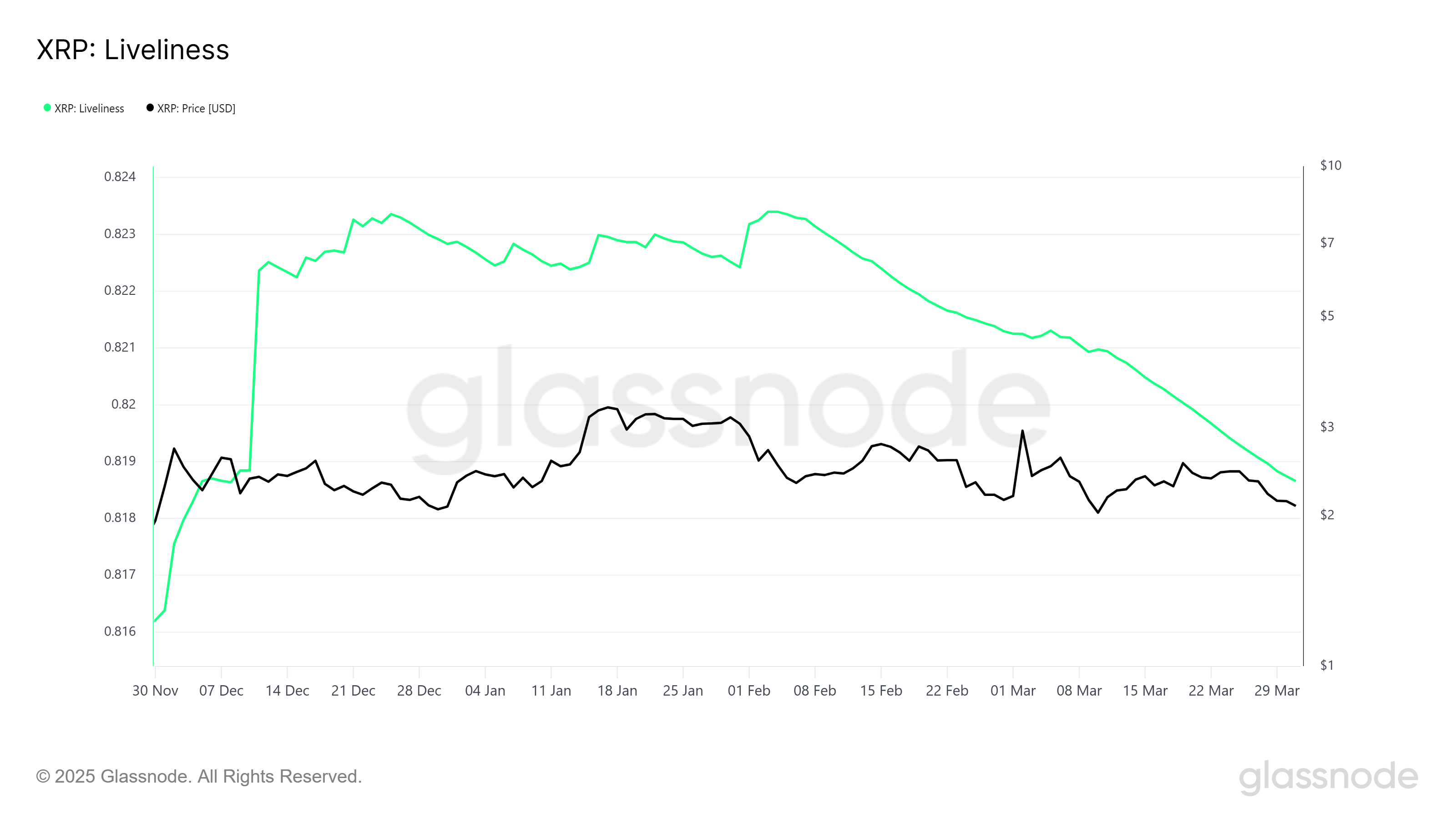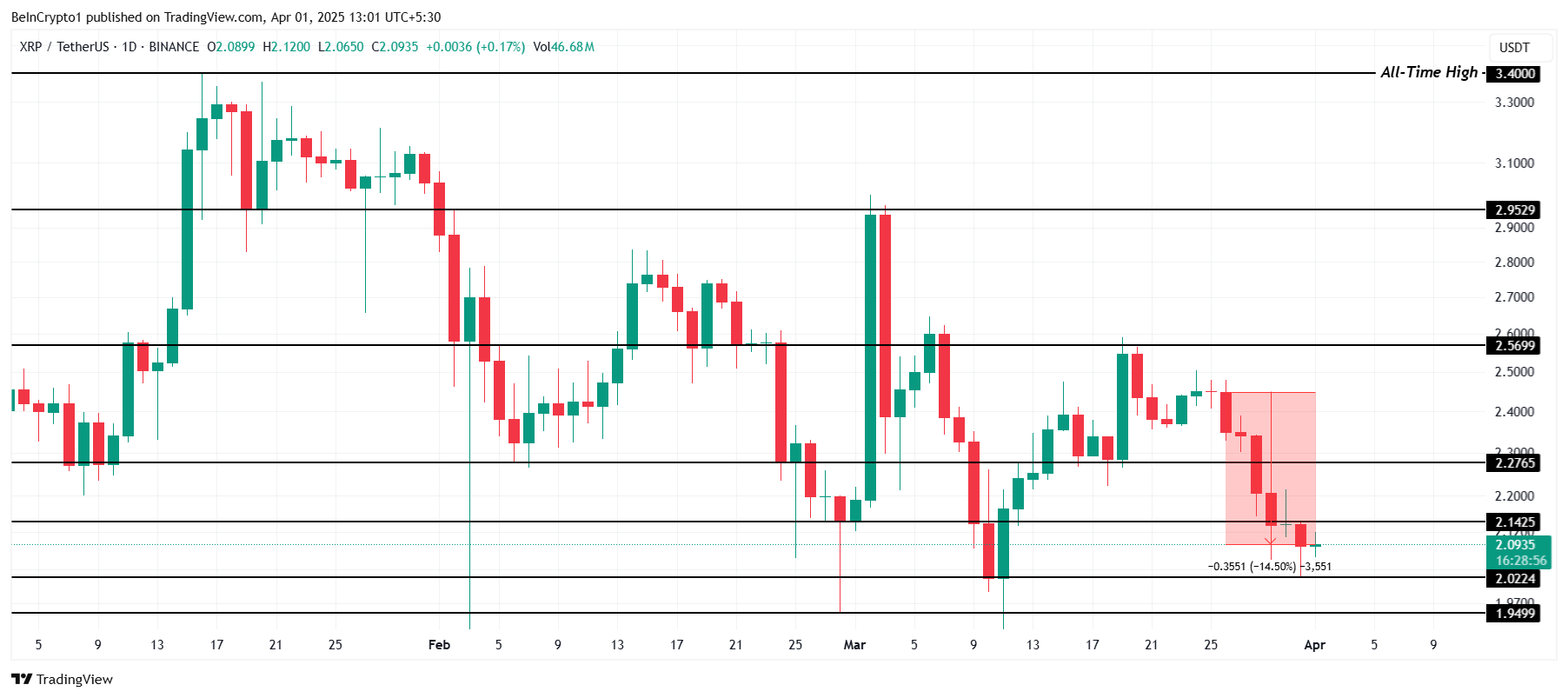Two Solana-based meme coins, MOODENG and GOAT, posted substantial gains after being added to the Binance Alpha program. MOODENG gained over 400% in the past week, reaching its highest price since January.
Binance Alpha, designed to spotlight promising early-stage tokens, has significantly boosted both projects’ visibility and trading activity.
Is Binance Alpha Ushering in a Solana Meme Coin Season?
On May 11, Binance announced a new Alpha Projects batch that included two Solana-based meme coins, MOODENG and GOAT.
MOODENG, based on a popular Thai hippo mascot, gained traction after Ethereum co-founder Vitalik Buterin publicly acknowledged the character. This attention helped fuel its early growth, but recent momentum had slowed until the Binance Alpha listing reignited interest.
Following the announcement, MOODENG surged over 60%, reaching $0.20 — its highest level since January 2025. At the same time, the meme coin’s market cap rose from under $140 million to over $180 million within hours of the announcement.
On the other hand, GOAT, an AI-focused Solana meme coin, also saw its fortunes drastically improve.
The digital asset was conceived in 2024 by Truth Terminal. This Twitter-based AI chatbot enjoyed a massive following and interest from the crypto community for its novel characteristics at the time.
Since joining Binance Alpha, GOAT’s price climbed from $0.14 to $0.17, marking a 27% gain. Over seven days, its value nearly doubled, with a $100 million increase in market cap.
These token gains have renewed attention on Solana’s meme coin scene, which had slowed after controversies such as the LIBRA token incident.
Market analysts suggest that Binance Alpha’s spotlight has brought credibility back to the space and may usher in a fresh wave of investor activity.
On May 10, Dune Analytics data shows that the Binance-linked platform reached a new high of $428.3 million in daily volume, led by tokens like Polyhedra Network’s ZKJ, BSquared Network’s B2, and SKYAI.

That trend has continued today, with the platform’s trading volume at $279 million. Notably, MOODENG and GOAT have played key roles in driving the platform’s volume today.
Since launching in December 2024, Binance Alpha has enabled early access to promising Web3 projects. CoinMarketCap data shows that over 140 projects are now listed with a cumulative market cap of more than $15 billion.
The post Is Binance Alpha Driving a Solana Meme Coin Season? MOODENG Rallies 50% appeared first on BeInCrypto.









 Latest announcement:
Latest announcement: